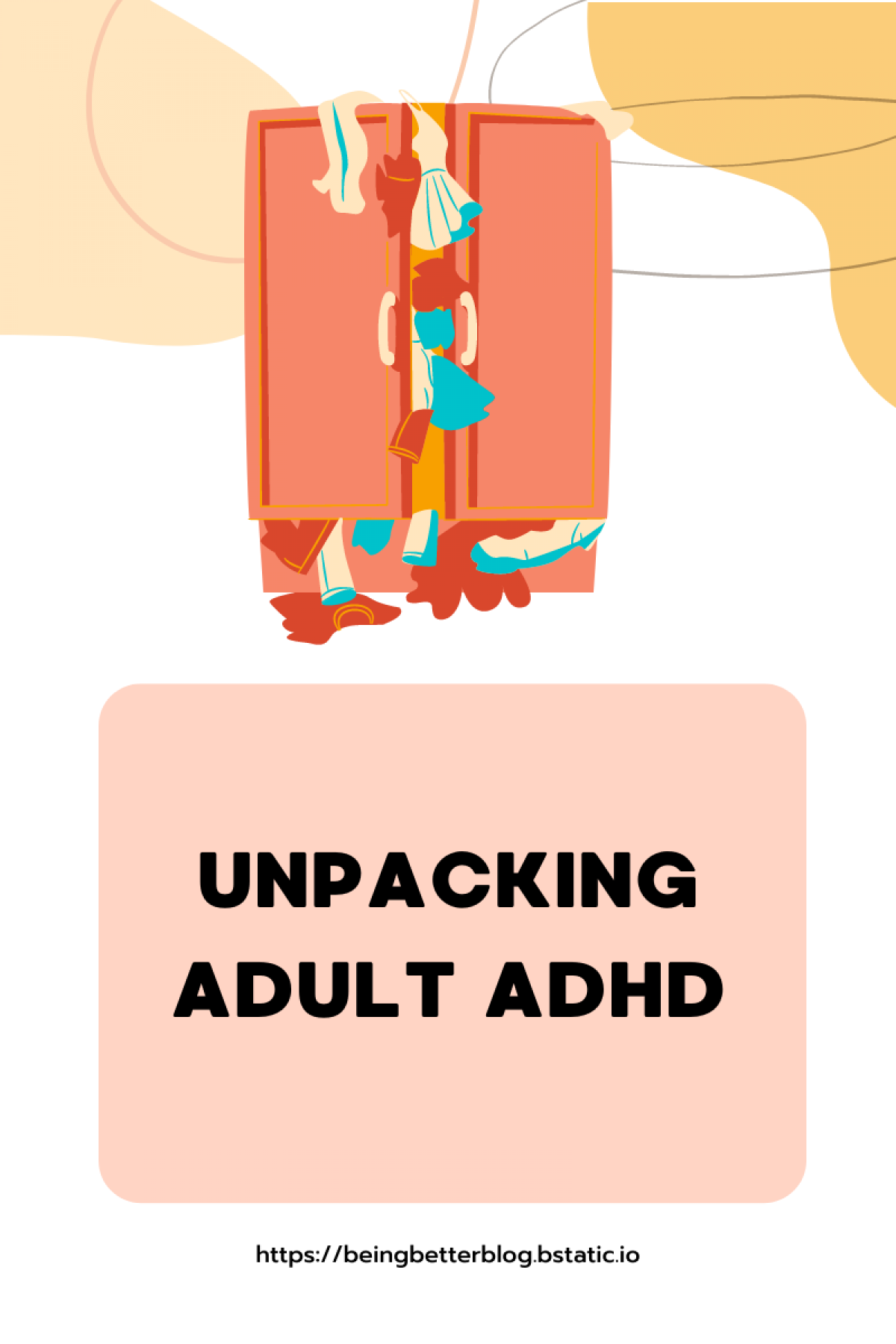“You have all the skills in your head; you just lack consistency.” -my 8th-grade science teacher
“Oh, sorry, your appointment started 15 mins ago; we won’t be able to see you today.” -multiple receptionists, unfortunately
What’s the big deal with ADHD and women anyway?
I’ve shared that a critical factor in making progress in my life was getting diagnosed with ADHD at 31. Looking back, quotes like the above clarify that I’ve been struggling with ADHD for a long time.
I’m not alone; this is a common experience among women. The rate of annual ADHD diagnoses, particularly for women, has exploded in recent years and adult women as a demographic are one of the fastest-growing consumers of ADHD medications.
In researching for this post, I saw reports stating that ADHD is undiagnosed in 50%-75% of girls with the condition. One of the reasons for this diagnosis gap is that the way we conceptualize ADHD is from the male perspective, which, as it turns out, does not typically apply to women and girls.
Historically, the stereotypical “ADHD kid” is a hyperactive boy who can’t sit quietly in his seat. As Dr. Saha Hamdani stated during her appearance on the podcast Financial Feminist, no one is looking at the “daydreaming girl” who is quiet but disorganized and thinking “ADHD”.
Many of the behaviors girls with ADHD exhibit are misinterpreted and often moralized. Girls are blamed for their issues associated with inattentiveness, such as making careless mistakes, procrastinating, and misplacing essential items.
I can attest that girls are shamed for their struggles associated with restlessness and impulsivity. I remember being told, “you need to sit like a lady” and “girls shouldn’t play with their hair like that.”
I, and many other girls, were told they were “careless” and “lazy” and that they should “try harder.” This failure to recognize a medical issue left an entire generation of girls with ADHD misunderstood and skipped over, which allowed their problems to compound over their teen years and into adulthood.
I do admit I struggle with anger regarding this diagnosis gap, as all of my male cousins were diagnosed with and treated for ADHD; why did no one connect the dots and help me?
What everyone missed
Reflecting on my life, I believe these are consistent and enduring behaviors I’ve engaged in throughout my life that should have been recognized as ADHD:
- Restlessness- fidgeting, playing with my hair and clothes, wiggling around in my chair
- Inattentiveness- making careless mistakes, the inability to “see” errors in my work, struggling to focus on details, zoning out when other people are talking even if I was interested in the topic
- Impulsivity- overspending, overeating, general overconsumption
- Executive dysfunction- I was able to make plans but had trouble with consistent implementation. For example, I knew the due dates for school assignments but needed help committing to studying consistently.
Recognizing my problem
In 2021 I learned of the ADHD diagnosis gap, the increasing number of women seeking treatment for ADHD as adults, and the current state of research regarding the presentation of ADHD in women and girls. This information, paired with the knowledge of my struggles and recognizing that I have male relatives diagnosed and treated for ADHD, was the lightbulb moment for me. I sought an evaluation which confirmed my suspicions, and I began treatment for ADHD for the first time at age 31.
I found the treatment to be quickly effectve, and I noticed an improvement in my executive function almost immediately. However, it was not happily ever after. After starting treatment, one of the first insights I gained was how big of a hole I had buried myself in terms of my debt and how difficult it would be to climb out. This powerful insight was necessary but insufficient to change my behavior as I had yet to develop the skills and habits to reduce impulsivity in my spending.
Fixing myself (“being better”)
Getting to where I am now took months of study, preparation, and planning; firstly, I focused on getting a higher-paying job to have more money for my debt. While working on that goal, I studied how humans develop habits. James Clear’s Atomic Habits was extremely helpful, as it teaches a method of attainable, slow, and incremental improvement while honing the skill of consistency.
I also developed a budgeting spreadsheet that works with my budgeting style. I created a plan to address my risk of impulsivity on two fronts. The first is to increase my accountability- which is the purpose of this blog. Secondarily, I’ve put systems in place to make it harder to spend myself into a hole. I’ve closed most of my credit cards, and the remaining cards are locked; save for one card with a $500 limit I use for daily expenses. I remain dedicated to my decision to close any card should I take action to remove the lock to spend impulsively.
Looking forward to the future
Getting diagnosed and treated was the only thing that helped me progress toward self-improvement, paying off debt, and avoiding bankruptcy. I wish I could go back in time and tell 20-year-old me what I know now, but I’m happy that at 32 years of age, I have a realistic plan to be debt free within the next 5 years and that I still have several decades of earning potential left to help make up for the lack of foresight in my 20’s.
I finally have some hope for my future...


